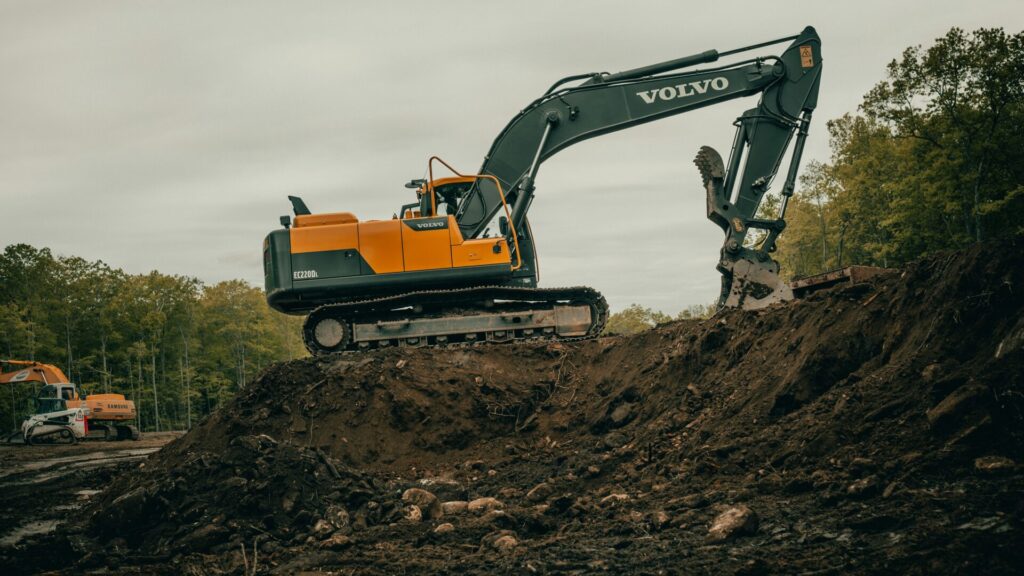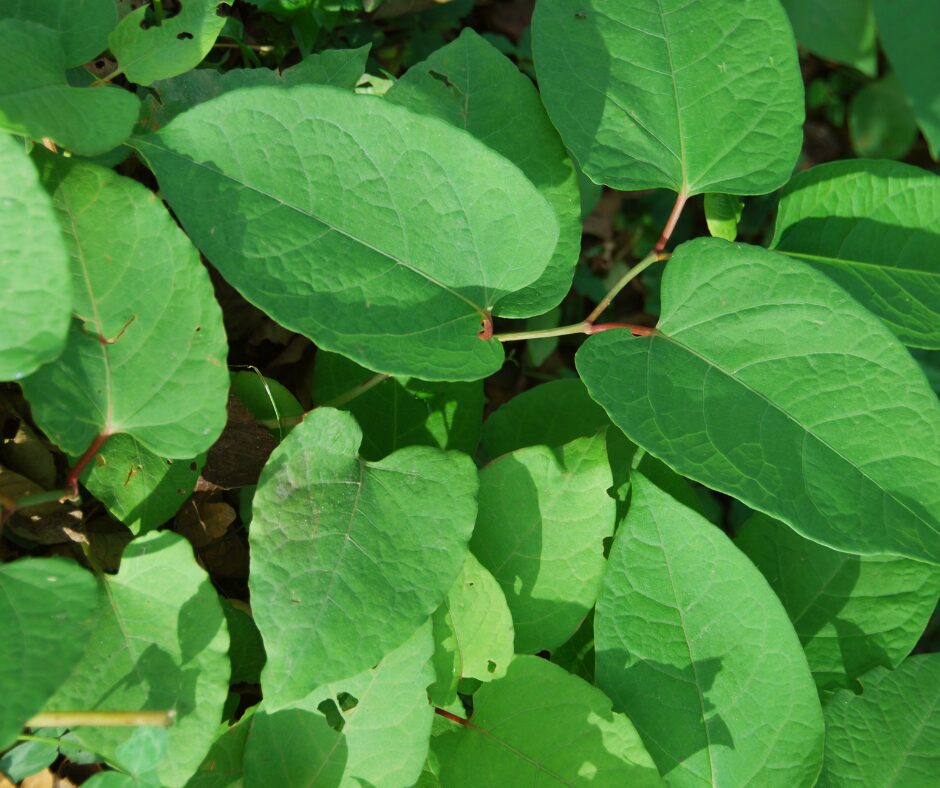Japanese Knotweed is a plant that may not be on everyone’s radar. However, the potential risks to a property due to this invasive species are significant and well worth understanding. This article will explore what Japanese Knotweed is, how it can impact your home, and what steps you can take to deal with it. It is important Understanding the Risks of Japanese Knotweed to Your Home.
What is Japanese Knotweed?

Hailing from the landscapes of East Asia, Japanese Knotweed, also scientifically known as Fallopia japonica, found its way to UK shores during the Victorian era as an ornamental plant. Its aesthetic appeal, however, belies the harsh truth: it ranks among the most destructive and invasive plant species that Britain contends with today.
The potential for growth of this plant is striking, as it can reach depths of 3m and span a radius of 7m, providing it ample capacity to wreak havoc on your dwelling and its immediate surroundings.
Check you area here – Japanese Knotweed UK Map & Postcode Search | Horticulture
Understanding the Growth Pattern of Japanese Knotweed
Japanese Knotweed has an impressive capacity for survival and expansion, demonstrating formidable growth rates of up to 10 cm per day in peak conditions, usually between late spring and early autumn.
This robust plant has a remarkable ability to reproduce from even minuscule fragments of roots or stem, enabling rapid colonisation of new areas. Contrary to many plant species, Japanese Knotweed doesn’t hibernate during the winter months; whilst its above-ground growth may die back, its root system remains live and active, ready to sprout afresh once spring arrives.
This relentless cycle of growth, retreat, and resurgence enables this invasive species to firmly establish itself in an area, making it a formidable adversary for homeowners and property developers alike.
Potential Damage Caused by Japanese Knotweed

Photo by Mitchell Luo on Unsplash
The threat that Japanese Knotweed presents is deeply rooted in its subterranean system of rhizomes. These vigorous roots delve deep into the earth, unsettling the foundations of houses, infiltrating roads and destabilising walls.
This intrusive species capitalises on any existing cracks or weaknesses in concrete, broadening the extent of the damage and making repairs a costly endeavour. Additionally, the unchecked, dense growth of Knotweed is a drain hazard. It can clog up these essential systems, causing further complications and piling on additional repair expenses.
The persistent nature and damaging impact of this invasive species make it a substantial concern for any property owner so Understanding the Risks of Japanese Knotweed to Your Home is critical.
The Impact on Property Value and Insurance
Japanese Knotweed can carry profound financial implications beyond its physical havoc. Among these, the devaluation of properties is of paramount concern. The reticence of mortgage lenders to approve loans for homes known to be afflicted by this invasive plant species can lead to a considerable contraction in the pool of potential purchasers, subsequently driving down the market value of your home.
This hesitancy is prevalent among lenders across a range of regions, including Warwickshire and Northamptonshire.
Mortgages for Properties with Japanese Knotweed | Go.Compare (gocompare.com)
The financial strain doesn’t end there. Your home insurance may also take a hit. Some insurance providers might outright decline to cover damage inflicted by Japanese Knotweed, deeming it a foreseeable risk. Others may choose to levy higher premiums on affected properties, given the potential for extensive damage. This escalation in insurance costs can add to the financial burden borne by homeowners dealing with a Knotweed invasion.
In essence, the presence of Japanese Knotweed on your property can trigger a ripple effect, impacting your financial stability, and challenging your ability to sell or insure your home adequately. Therefore, early detection and prompt, effective treatment are of the essence to mitigate these potential risks.
Dealing with Japanese Knotweed

Photo by Billy Freeman on Unsplash
Once you’ve clocked onto the presence of this devious flora on your property, it’s time to spring into action. Spotting Japanese Knotweed early on is a vital step towards its management. The plant presents itself with distinctive heart-shaped leaves, sturdy stems that resemble bamboo, and a charming array of cream-white flowers that bloom from late summer to early autumn. However, its charm is short-lived as the potential damage it can inflict becomes apparent.
If you identify the plant, reaching out to a professional should be your next port of call. It’s worth noting that handling Japanese Knotweed independently isn’t recommended. Its relentless nature and propensity to spread mean that do-it-yourself treatments often fall short, exacerbating the issue rather than alleviating it.
Engaging with specialists who understand the complex nature of the plant and its behaviour is vital. These experts can provide comprehensive treatment plans, tailored to the extent and location of the Knotweed invasion. This often involves a blend of chemical treatments, excavation and disposal, all designed to systematically and sustainably halt the plant’s progress and undo its damage.
Ultimately, grappling with Japanese Knotweed is not a one-time action but rather an ongoing process, requiring consistent monitoring and professional assistance. The success of your efforts will largely hinge on the timeliness and efficacy of the treatment employed. It’s a task that demands diligence, but with the right approach and assistance, Japanese Knotweed can be tamed, mitigating its risks to your home.
More about Knotweed – Knotweed | North Northamptonshire Council (northnorthants.gov.uk)
Report Ragwort and Japanese Knotweed – Warwickshire County Council
Legal Responsibilities of Homeowners
In the UK, the law places a weighty obligation on homeowners when it comes to Japanese Knotweed. As per the Wildlife and Countryside Act 1981, allowing this invasive species to proliferate constitutes a violation. This underscores the criticality of immediate and effective intervention at the first sign of a Knotweed invasion.
Moreover, if the pernicious plant begins to trespass onto neighbouring properties, it opens up the possibility of legal consequences. The looming spectre of such legal entanglements adds further impetus to the need for timely and efficient eradication.
Hence, tending to Japanese Knotweed isn’t merely a matter of safeguarding your home or protecting its value, but it is also a legal requirement, necessitating vigilance and a proactive approach from homeowners. Therefore, Understanding the Risks of Japanese Knotweed to Your Home is something you should not take likely.
Have concerns about the value of your Home? Call 01327 624275 or 01788 486100 for help. Alternatively, you can send us your details here and we will get in touch with you – Free Valuation




